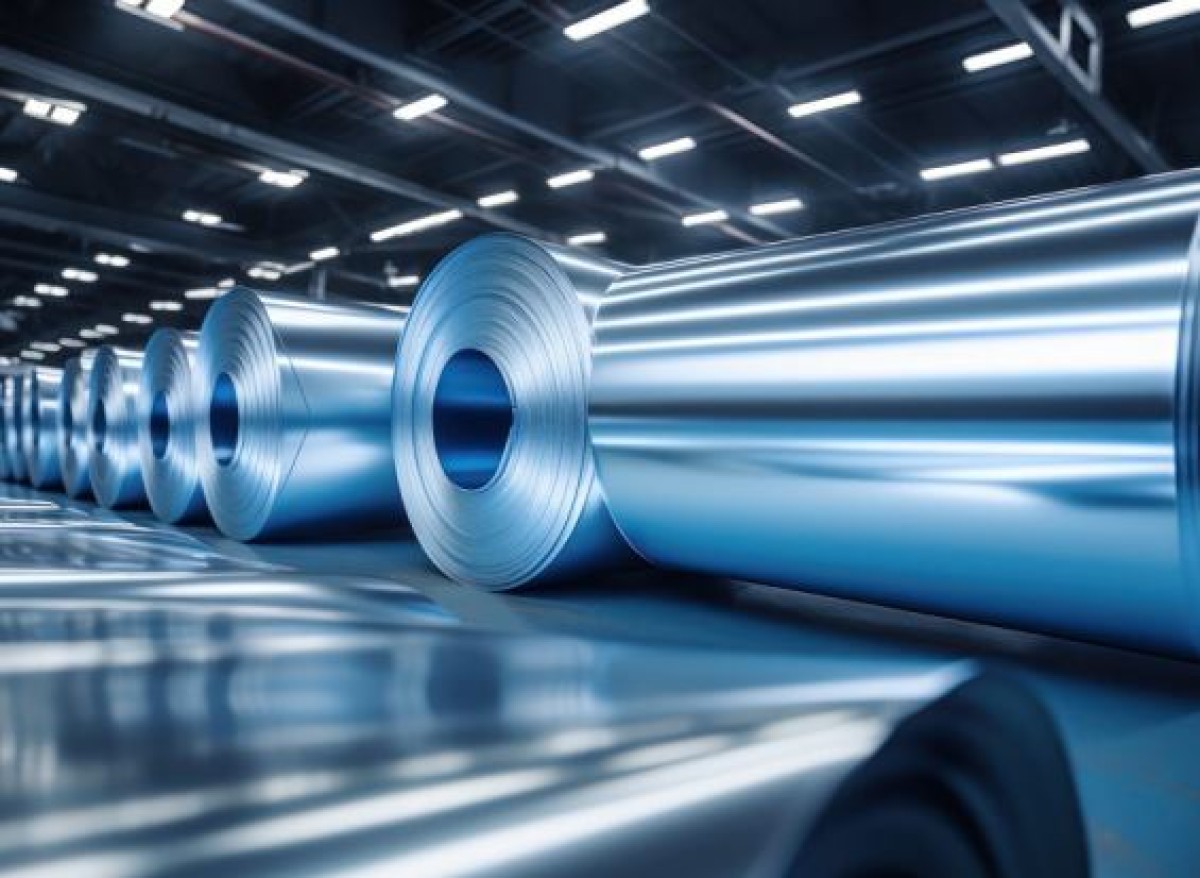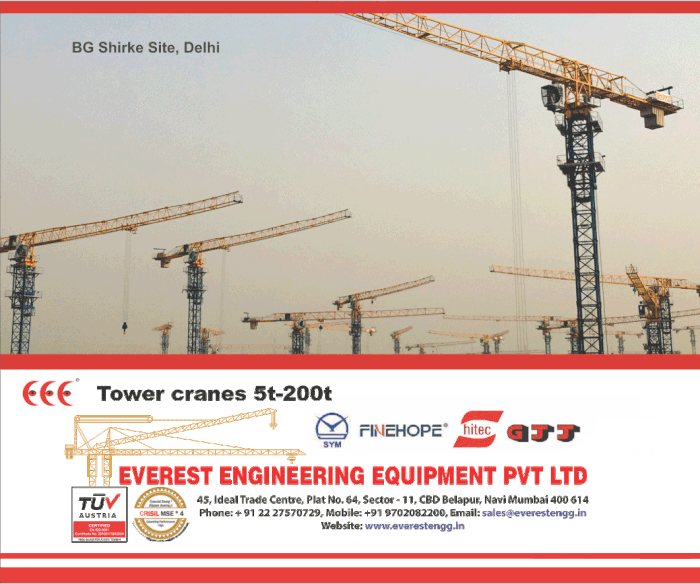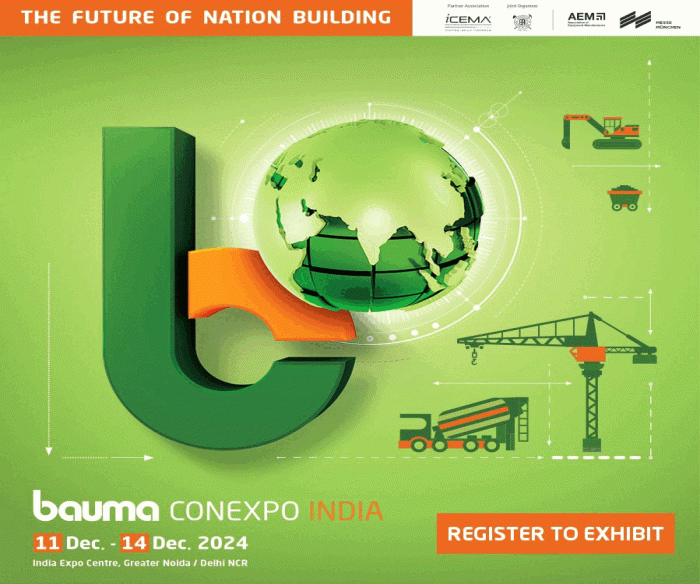India’s Steel Sector Records Remarkable Growth: How Steel India’s Steel Production Defies Global Trends!
India has not only maintained its place as the second-largest steel producer but also increased its production by 8.5% to 49.5 million tonnes in the first starting months of 2024. This robust domestic consumption contrasts sharply with the global downturn in steel demand.
India’s ascent to becoming a global steel production hub is mapped out in its ambitious targets of reaching 300 million metric tonnes (MT) of crude steel capacity by 2030 and 500 MT by 2047, according to a comprehensive report released by Deloitte India in collaboration with the Indian Steel Association (ISA).
As the world’s second-largest steel producer, India’s steel industry is closely linked to its economic growth, with the sector seeing a substantial increase in demand.
According to ISA, in the fiscal year 2024, the domestic finished steel domestic finished steel consumption soared to 136 MT, marking an impressive year-onyear growth of over 14 percent. The construction and infrastructure sectors are the largest consumers, using approximately 94 MT.
One of the primary forces behind industrialization has been the use of metals. Steel has traditionally occupied a top spot among metals. Steel production and consumption are frequently seen as measures of a country’s economic development because it is both a raw material and an intermediary product. Therefore, it would not be an exaggeration to argue that the steel sector has always been at the forefront of industrial progress and that it is the foundation of any economy. The Indian steel industry is classified into three categories - major producers, main producers, and secondary producers.
The steel sector is essential to vital industries including construction, infrastructure, automotive, engineering, and defense. In recent years, the steel industry has witnessed remarkable growth, with India rising to become a major global player in steel production. Today, India stands as the world’s second-largest producer of steel. This growth underscores the country’s significant role in shaping global steel markets and supporting industrial advancements worldwide.
India is the world’s second-largest producer of crude steel, with an output of 125.32 MT of crude steel and finished steel production of 121.29 MT in FY23. India’s steel production is estimated to grow 4-7% to 123-127 MT in FY24. The growth in the Indian steel sector has been driven by the domestic availability of raw materials such as iron ore and cost-effective labor. Consequently, the steel sector has been a major contributor to India’s manufacturing output. The Indian steel industry is modern, with stateof-the-art steel mills. It has always strived for continuous modernisation of older plants and upgradation to higher energy efficiency levels.
The annual production of steel is anticipated to exceed 300 million tonnes by 2030-31. By 2030- 31, crude steel production is projected to reach 255 million tonnes at 85% capacity utilization achieving 230 million tonnes of finished steel production, assuming a 10% yield loss or a 90% conversion ratio for the conversion of raw steel to finished steel. With net exports of 24 million tonnes, consumption is expected to reach 206 million tonnes by the years 2030–1931. As a result, it is anticipated that perperson steel consumption will grow to 160 kg.
The Indian government is considering a safeguard duty on steel imports to curb the influx of cheap steel into the country and protect the domestic industry. Imported steel, especially from China, costs about 30% less than domestic steel even with customs duty factored in, according to industry estimates. Union minister of commerce and industry Piyush Goyal has set an ambitious target for India’s steel industry, aiming to reach 500 million tonnes of steel production by 2034. Whole addressing Mr. Goyal has urged industry leaders to focus on economies of scale through decarbonization, stressing that green steel will see growing demand in the future.
Highlighting the need for transformation in the domestic steel sector, the minister made three key recommendations. First, he called on the industry to adopt innovative methods for low emissions, high productivity, and high quality to establish India as a global leader in steel manufacturing. “We need to find new and better ways to make India an irresistible steel manufacturer in the world,” Goyal said.
Secondly, He encouraged the sector to embrace artificial intelligence to optimize production, improve efficiency and most importantly reduce waste across the value chain. He also urged the integration of indigenous machinery for domestic production, highlighting the importance of self-reliance in building the nation’s manufacturing capabilities.
















Leave a comment